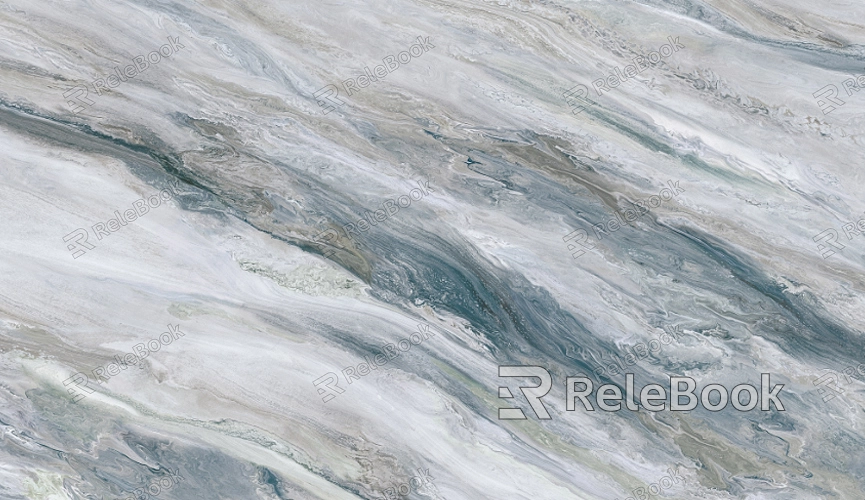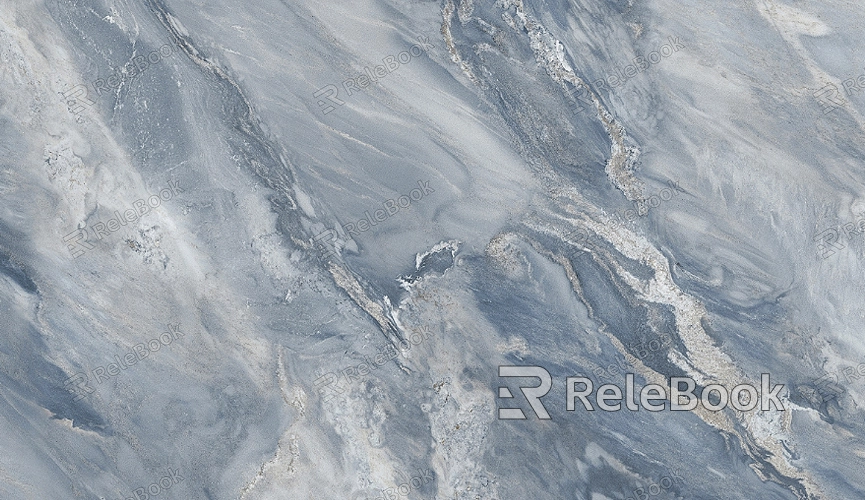How to Create Marble Texture in 3DSmax?
Marble is an elegant and classic material often used in architecture and interior design. In 3D modeling software, creating realistic marble texture is an important skill. This article will guide you through the process of creating marble texture in 3DSmax, helping you better utilize this effect in your projects.

Preparation
Before you start, make sure you have 3DSmax installed and open. You should also have a basic understanding of how to use the material editor and basic UV mapping.
1. Create a Base Model
In 3DSmax, you can create a simple plane or cube to serve as the base for your marble texture. Select the "Create" panel, choose "Geometry," and then create the model you need.
2. Open the Material Editor
Press the "M" key to open the material editor. In this interface, you can edit various material properties. Select an empty material ball to prepare for applying the marble texture.
Create the Marble Texture
Creating marble texture involves setting various properties, including color, glossiness, and reflection.
1. Set the Color
After selecting the material ball, start by adjusting the base color. Marble typically comes in various shades, so choose one that fits your needs. In the material editor, find the "Diffuse Color" option, click on the color bar, and select the desired color.
2. Add Texture Map
To enhance realism, you need to add a texture map to the material. In the material editor, locate the "Reflection" channel, click "Add," select "Bitmap," and then load a marble texture image. You can find high-resolution marble textures online, download them, and import them into your project.
3. Adjust Texture Coordinates
After applying the texture, you may find that the placement is off. Use the "UVW Mapping" tool to adjust the UV coordinates of your model, ensuring the texture fits the shape properly.

Adjust Reflection and Glossiness
The surface of marble is usually very smooth, so it’s essential to tweak the material's reflection and glossiness.
1. Set Glossiness
In the material editor, find the "Glossiness" option and increase the value to make the surface appear smoother, reflecting the marble’s characteristics.
2. Add Reflection
Click on the "Reflection" option and increase it to simulate the reflective quality of marble. You can adjust the reflection intensity and blurriness to achieve the desired look.
Rendering and Adjustments
Once you’ve completed the material setup, you can render the scene to see the effect.
1. Choose Lighting
To make the marble texture more vibrant, proper lighting setup is crucial. Select an appropriate type of light (like a directional light or spotlight) and adjust its position and intensity to enhance the material's three-dimensionality.
2. Render Settings
In the render settings, select the desired output resolution and quality. During rendering, observe the marble texture’s appearance, and if necessary, return to the material editor for fine-tuning.
Creating marble texture in 3DSmax requires careful adjustments to color, texture mapping, and glossiness settings. By following these steps, you can easily produce satisfying marble effects. We hope these tips help you apply this technique more effectively in your projects. For more high-quality 3D models and textures, feel free to visit the Relebook website to download resources that can enhance your creations!
FAQ
How do I choose the right marble texture image?
Select high-resolution texture images to ensure clarity in detail. You can find various marble textures on professional texture websites for download.
What should I do if the reflection effect is not ideal?
Try adjusting the reflection intensity and blurriness, increasing the number of light sources, or changing their positions to improve the reflection effect.
How can I make the marble look more natural?
Using texture images with multiple shades and appropriately adjusting glossiness and reflection properties can help make the marble appear more natural.
Is it necessary to use UVW mapping?
If the texture map doesn’t fit the model, using UVW mapping can help you adjust the texture to make it more suitable.
How do I save my material settings?
In the material editor, select the "Save Material" option to save the material to a library for easy use in future projects.

